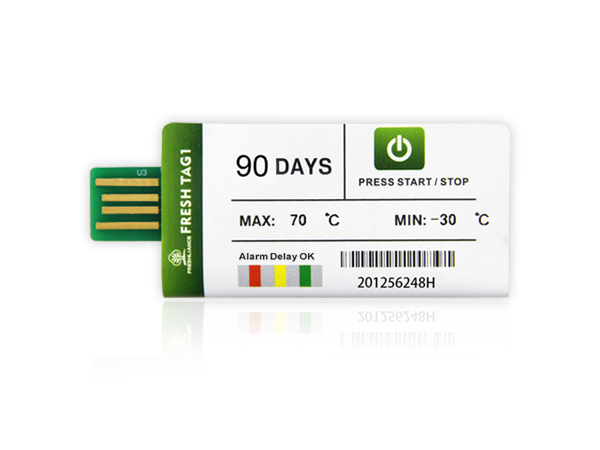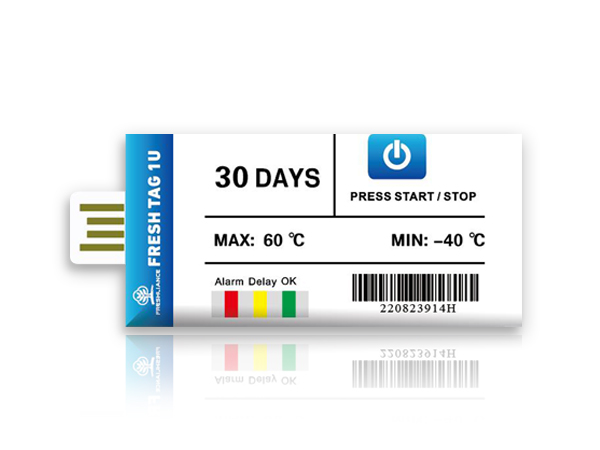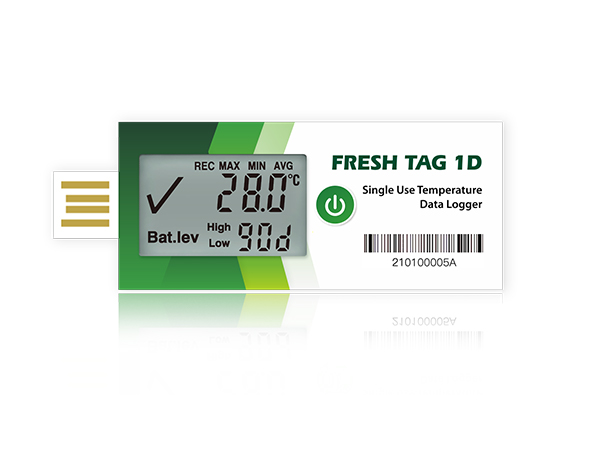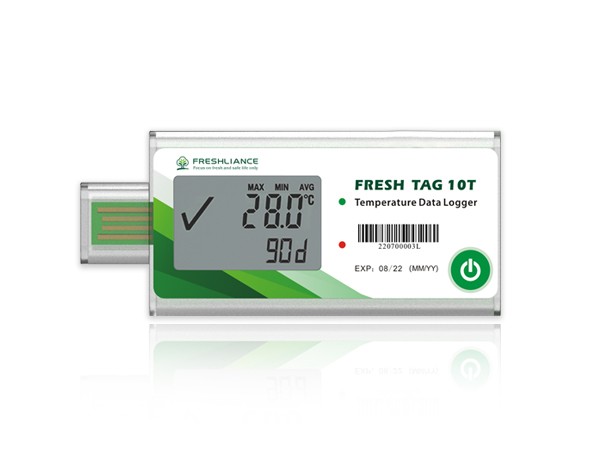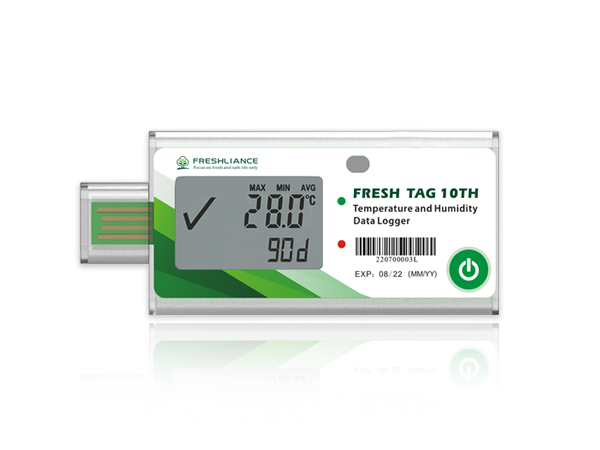Dry ice is made by liquefying carbon dioxide and injecting it into a holding tank, where it’s frozen at a temperature of -79°C and compressed into solid ice. Depending on whether it’s created in a pelletizer or a block press, dry ice can then be made into pellets or large blocks.
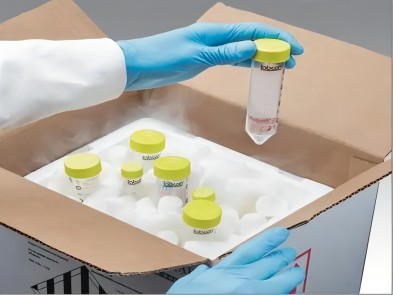
Unlike regular ice, dry ice doesn’t melt into a liquid as it warms up. Instead, it converts directly back into its gaseous form in a process known as sublimation. At -79°C, dry ice is also significantly colder than the 0°C surface temperature of regular ice. The food and agriculture sector, for example, uses dry ice to keep food from spoiling during transport. Because of its low temperature, dry ice inhibits bacterial growth and slows decay, which makes the food crisper, fresher, and flavorful for as long as possible. Dry ice while not nearly as cold serves as a method of shipping frozen goods because it can stay cold for up to 7 days in engineered shipping cartons.
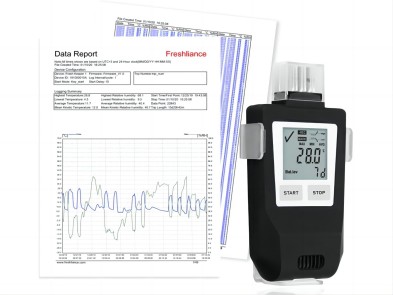
Temperature monitoring and recording is important during dry ice transportation. Fresh Keeper-IUT dry ice temperature data logger is an ideal temperature controller for ultra-low shipments that requires frequent temperature sampling intervals. This dry ice USB sensor is a versatile wide range temperature data logger, featuring high-resolution temperature ranges of -90℃ to +70℃, for up to 35000 readings with a real temperature value display. This ultra low thermometer generates a report automatically after it is connected to the computer, with no software required. Fresh Keeper-IUT dry ice temperature USB data logger can be used for a wide range of applications such as monitoring dry ice shipments, sea or air freight, distribution, storage and freezing, pharmaceuticals, frozen foods, and shipping containers. This stand-alone USB temperature sensor does not require any additional probes.

 English
English Español
Español Русский
Русский Français
Français Deutsch
Deutsch عربي
عربي 中文
中文